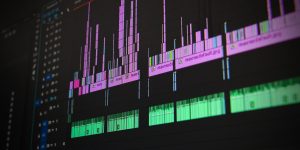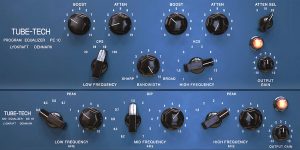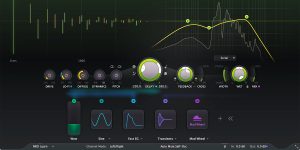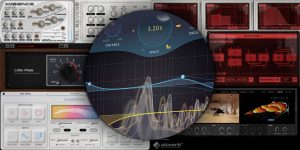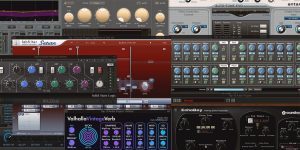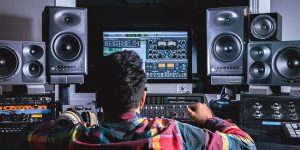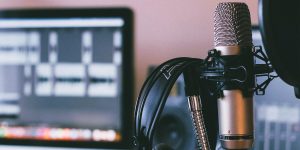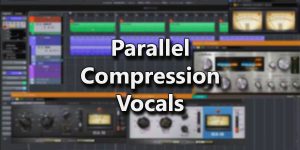When you are starting out mixing, it can be tough to know what plugins you need. There are so many options available, and it can be hard to know which ones will give you the results you are looking for.
In this post, we will take a look at some of the essential plugins for mixing, and we will also discuss why they are important. Stay tuned for tips on how to use each of these plugins to get the best possible sound!
Three main plugins
Three main plugins for mixing are an EQ, a compressor, and a reverb.
Equalization
EQ is used to adjust the balance of frequencies in your mix. You can use it to boost or cut specific frequencies, which can help you achieve various sounds. It is essential for sculpting the overall sound of your mix. For example, if you want your drums to sound fuller, you could boost the low frequencies. You could boost the high frequencies if you want your vocals to cut through the mix. EQ can be used to fix problems in your mix or to create new sounds.

Compression
Compression is used to even out the levels of your audio. It is essential to prevent peaks and valleys in your level signal, which can cause distortion. Besides, it can help keep things sound smooth, and you can also use it to add some extra punch to your mix. For example, if your drums sound too quiet in the mix, you could use compression to make the levels more consistent.
Reverb
Reverb is used to add space and depth to your mix. It can simulate the natural echo of a room and be used to make things sound more natural or to create unique sounds. Without reverb, your tracks will sound dry and lifeless. For example, if you want your vocals to sound like they are in a large room, you could add reverb. You can also use reverb to make drums sound bigger and more powerful.
How to use these plugins?
Now that we have discussed the three main plugins for mixing let’s look at how to use them.
Equalization
When using EQ, starting with a boost or cut of around 3 dB is essential. It may not seem like much, but it can make a big difference in your mix. If you are unsure what to do, it is always best to start with a boost, as it is easier to take away frequencies than to add them. It is also important to listen to your mix in mono when you are adjusting the EQ, as this will give you a better idea of how the frequencies are balanced.
Compression
When using compression, it is important to set the threshold only to affect the audio you want to compress. For example, if you only want to compress the drums, you would set the threshold so that only the drums are being compressed. From there, you can experiment with the attack and release settings to find a sound you like. It is also important to listen to your mix in mono when you are adjusting the compression, as this will give you a better idea of how the levels are balanced.
Reverb
When using reverb, it is important to start with a small amount and then increase it until you find a great sound. It is also important to ensure that the reverb is not too loud, as this can make your mix sound muddy. Once you have found the sound you like, you can experiment with the different settings to see what works for you.
Plugin order for mixing
Now that we have discussed the different plugin types let’s look at the order in which they should be used. The general rule is that you should start with EQ, compress, and reverb. However, there are exceptions to this rule. For example, if you are using a noise gate, you may want to put it before the EQ so that it is only removing unwanted noise.
The order of your plugins can also depend on the sound you are going for. If you want a more natural sound, you may want to put the reverb before the EQ. If you want a more processed sound, you may want to put the EQ before the reverb. Try different orders and see what sounds best for your track.

Other interesting plugins
There are a variety of other plugins that you can use to mix your tracks. Here are a few that you may want to check out:
Limiter
limiter is used to prevent audio from exceeding a certain level. It is important for preventing distortion and keeping your levels consistent.
Noise Gate
A noise gate is used to remove unwanted background noise from your track. In addition, it can help clean up your mix and make it sound more professional.
Expander
An expander is used to increase the level of quiet audio. For example, it can help make things like cymbals sound more pronounced.
Filter
A filter is used to remove specific frequencies from your track. It can help get rid of unwanted noise or for creating unique sounds. You can use various other plugins to mix your tracks. These are just a few that you may want to check out. Experiment with different plugins and see what they can do.
There is no perfect way to mix, and the best way to learn is by trying out different things and seeing what works for you.


